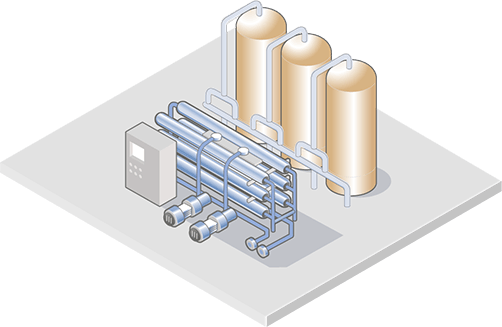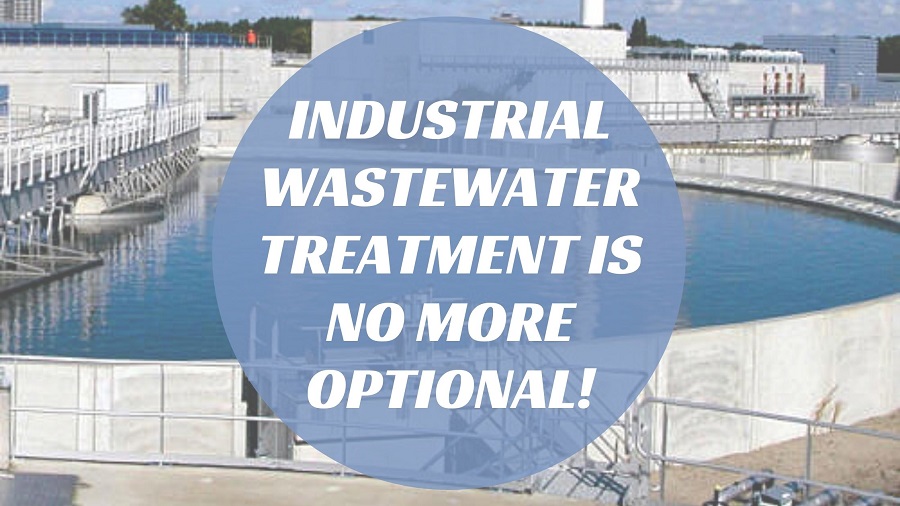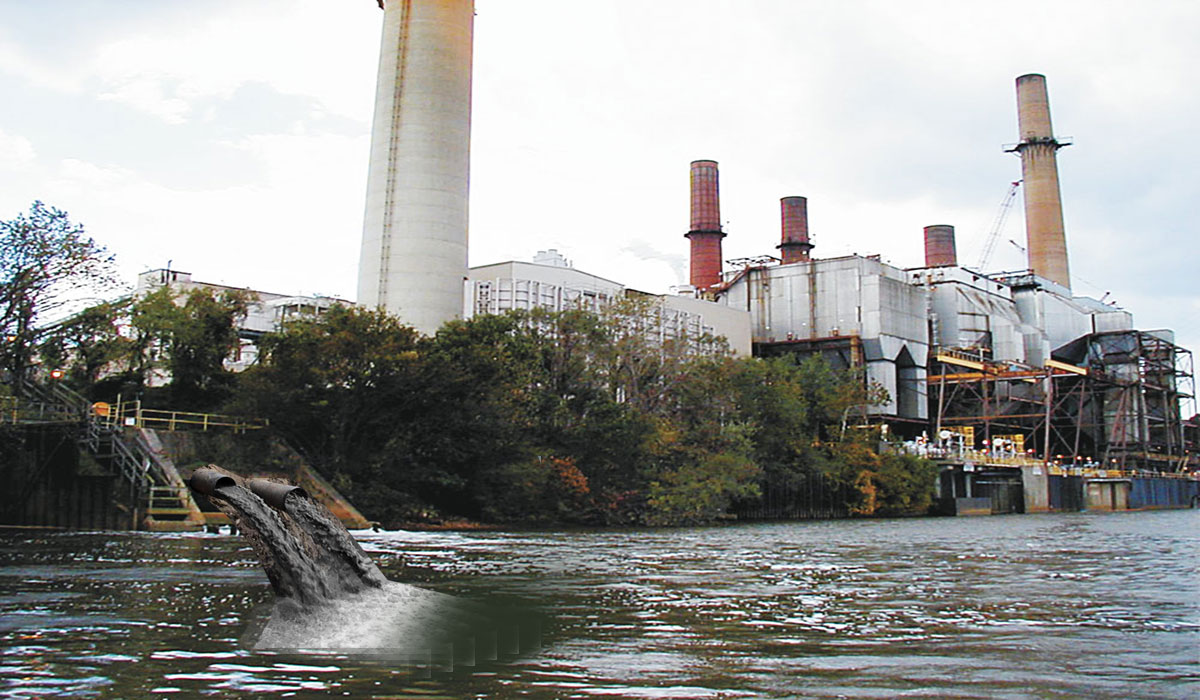Industrial Waste Water Treatment-- Secure the Atmosphere with Professional Water Treatment Solutions
Wiki Article
Advancements and Advancements in Industrial Waste Water Therapy Technologies
The landscape of industrial wastewater treatment is undertaking a transformative change, driven by developments that boost both performance and sustainability. Arising technologies, such as membrane layer bioreactors and microbial fuel cells, are redefining pollutant elimination procedures while adding to energy generation. Moreover, resource healing approaches are gaining grip, lining up with round economic climate concepts. As regulatory criteria evolve, the integration of AI and artificial intelligence into wastewater administration systems assures to ensure and improve procedures conformity. Nonetheless, the full ramifications of these advancements increase vital inquiries about their scalability and long-term influence on market techniques.Introduction of Waste Water Treatment Technologies
Wastewater treatment modern technologies incorporate a variety of techniques developed to remove contaminants from commercial effluents prior to their release into the atmosphere. These technologies are crucial for maintaining eco-friendly equilibrium and making sure compliance with ecological guidelines. The main categories of wastewater therapy include physical, chemical, and biological approaches, each serving distinctive functions based on the nature of the impurities existing.

Biological treatment techniques utilize microorganisms to break down natural matter, making them especially reliable for organic-rich effluents. Methods like triggered sludge and biofilm activators harness the all-natural degradation capabilities of germs, causing substantial decreases in biochemical oxygen demand (BOD)
Advanced Filtering Methods
Advanced filtering methods stand for a critical evolution in the realm of industrial wastewater treatment, enhancing the effectiveness of impurity elimination procedures. Industrial Waste Water Treatment. These approaches incorporate a series of modern technologies, consisting of microfiltration, ultrafiltration, nanofiltration, and turn around osmosis, which give consecutive obstacles for various particle sizes and chemical frameworksMicrofiltration and ultrafiltration make use of membrane layer systems to get rid of put on hold solids, germs, and larger organic molecules, boosting the top quality of effluent before more treatment. Nanofiltration links the void between ultrafiltration and turn around osmosis, properly eliminating divalent ions and organic substances, hence minimizing the lots on downstream processes.
Reverse osmosis uses the highest degree of filtration by enabling only water and small molecules to travel through its semi-permeable membrane layers, making it ideal for recovering top quality water from commercial effluents. Recent advancements in membrane innovation, consisting of the development of more resilient and fouling-resistant materials, have considerably improved operational performance and minimized expenses.
Incorporating these innovative filtering techniques not just enhances the total treatment process yet also adds to sustainability efforts by making it possible for water reuse and resource recuperation in industrial setups. (Industrial Waste Water Treatment)
Biological Therapy Developments

In addition, the advancement of crafted biological systems, such as membrane layer bioreactors (MBRs), integrates organic therapy with sophisticated membrane purification. This combination permits greater effluent high quality and minimized impact, making it ideal for space-constrained industrial centers. Advancements in genetically engineered microbes have also arised, enhancing the biodegradation of details pollutants, such as pharmaceuticals and heavy steels, that are traditionally testing to remove.
Furthermore, the implementation of bioaugmentation approaches, where helpful microbes are presented to enhance the existing biological therapy processes, has shown encouraging results in boosting treatment performance. These technologies collectively symbolize a trend towards even more lasting and efficient biological therapy methodologies that can adapt to the advancing complexities of industrial wastewater streams. As markets proceed to prioritize environmental conformity, these organic developments will certainly play a crucial function in wastewater monitoring.

Source Recovery Approaches
In industrial settings, the assimilation of resource recuperation techniques has actually come to be progressively important for enhancing sustainability and decreasing waste. These methods concentrate on drawing out important materials and power from wastewater streams, thereby changing potential contaminants into recyclable resources.One famous approach is vitamins and mineral recovery, where nitrogen and phosphorus, usually present in excess in wastewater, are caught and transformed into fertilizers. This not only lowers environmental influences but additionally provides a round economy option for farming applications. Furthermore, modern technologies such as anaerobic digestion enable the conversion of natural waste into biogas, a sustainable power source that can balance out fossil gas use in industrial operations.
In addition, advanced purification and membrane technologies assist in the go to this site recuperation of industrial by-products such as salts and steels. These recuperated materials can be reintegrated into manufacturing procedures, reducing the need for virgin resources.
Future Trends in Drainage Management
As markets significantly prioritize sustainability, the future of wastewater management is set to go through considerable makeovers. Technical advancements, such as synthetic knowledge and maker understanding, will certainly make it possible for more efficient see this website monitoring and management of wastewater systems. These technologies can predict maintenance needs, optimize treatment procedures, and boost decision-making, inevitably decreasing operational costs and environmental effect.Moreover, the combination of round economic climate principles will play an important duty in wastewater monitoring. Industries are anticipated to change towards systems that not just treat wastewater yet likewise recuperate useful sources, such as nutrients, water, and energy. This change will reduce waste and advertise the reuse of materials, straightening with worldwide sustainability goals.
Emerging therapy methods, such as membrane layer bioreactors and progressed oxidation procedures, will even more enhance the effectiveness of wastewater treatment, enabling higher quality effluents suitable for reuse. In addition, governing structures are likely to advance, highlighting stricter criteria for wastewater discharge and encouraging sectors to embrace innovative therapy services.
Verdict
In final thought, the evolution of commercial wastewater therapy innovations shows a considerable shift in the direction of enhanced effectiveness and sustainability. Advancements in advanced filtering techniques, organic treatments, and resource healing techniques highlight the industry's commitment to ecological stewardship. The integration of expert system and linked here artificial intelligence further enhances these procedures, ensuring regulative compliance and promoting a round economy. Continued innovations in these areas will play an essential duty fit the future of wastewater monitoring and protecting crucial water sources.The landscape of commercial wastewater therapy is undergoing a transformative shift, driven by innovations that enhance both effectiveness and sustainability.Wastewater treatment innovations include a variety of techniques made to eliminate impurities from industrial effluents before their launch right into the setting.Harnessing the power of biological procedures has actually led to substantial technologies in the therapy of commercial wastewater.In addition, the implementation of bioaugmentation techniques, where useful microorganisms are introduced to boost the existing organic therapy processes, has shown encouraging outcomes in enhancing treatment performance. These innovations jointly symbolize a pattern in the direction of even more efficient and lasting organic treatment techniques that can adapt to the progressing intricacies of industrial wastewater streams.
Report this wiki page